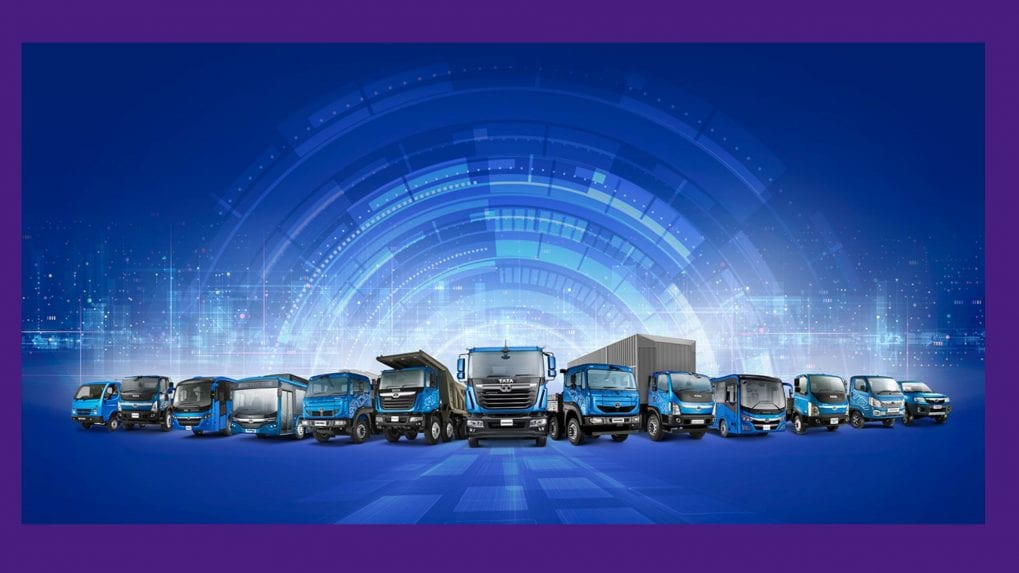Brand Makers
Dil Ka Jod Hai, Tootega Nahin

Tata Motors Limited (formerly TML Commercial Vehicles Ltd) on Thursday announced its financial results for the second quarter of FY26, marking its first quarterly report after being listed as a separate entity on the Indian stock exchanges. The stock debuted at Rs 335 apiece on the NSE following the completion of the company’s demerger, which took effect on October 1, 2025.
The company’s revenue from operations rose 6.6% year-on-year to Rs 18,370 crore in Q2 FY26, compared to Rs 17,237 crore in the same quarter last year. EBITDA margins improved to 12.2% (up 150 bps), while EBIT margin expanded to 9.8% (up 200 bps), aided by higher volumes and favourable realizations.
However, Tata Motors’ commercial vehicle business reported a net loss of Rs 1,021 crore during Q2 FY26, against a profit of Rs 643 crore in the corresponding period last year.
The company’s CV wholesales crossed 98,000 units, up 12% year-on-year, driven by 9% domestic growth and a 75% surge in exports.
“November 12 marked a historic milestone as Tata Motors successfully listed on both the BSE and NSE following the demerger,” said Girish Wagh, Managing Director and CEO, Tata Motors Ltd. “Our Q2 results reflect a resilient performance, driven by agile business strategy and renewed market momentum. After a subdued start, the rollout of GST 2.0 and the festive season catalyzed a surge in demand across segments,” he added.
"The raucous, almost deafening, cuss words from the heartland that Piyush Pandey used with gay abandon turned things upside down in the old world order."
Read MoreFrom OpenAI’s ChatGPT-powered Atlas to Microsoft’s Copilot-enabled Edge, a new generation of AI-first browsers is transforming how people search, surf and interact online — and reshaping the future of digital advertising.